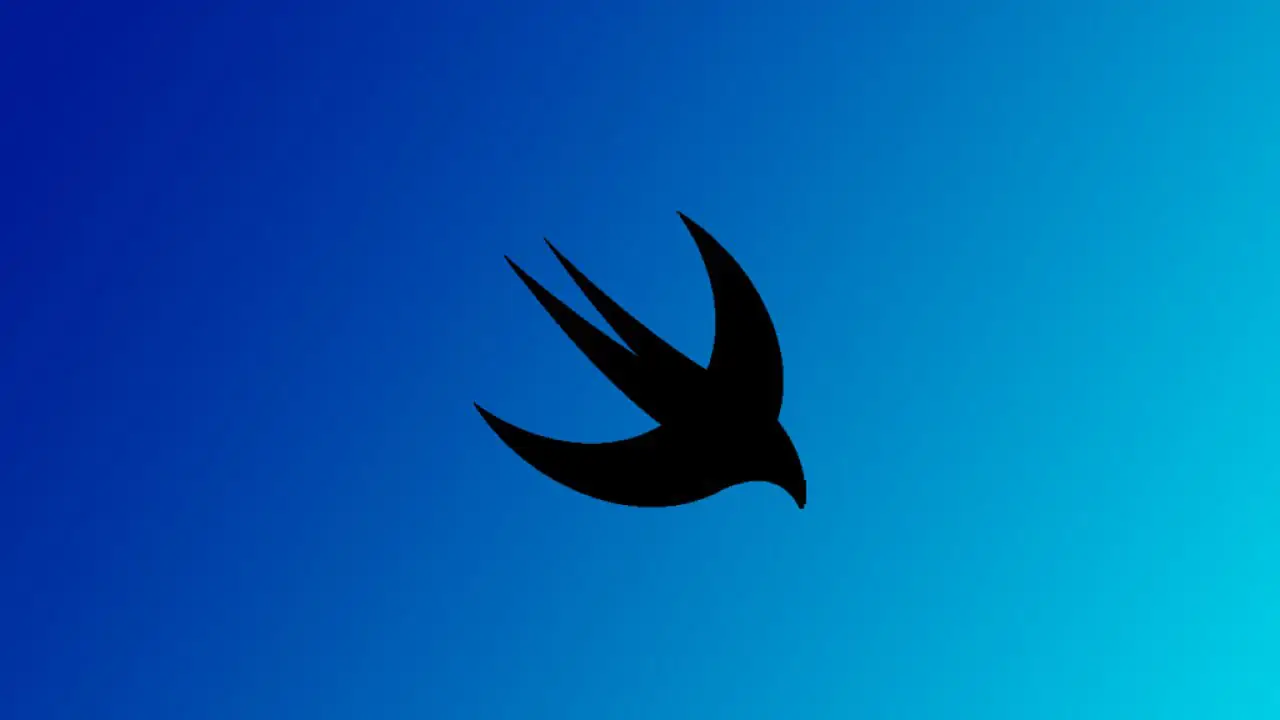Binding
Apple Developer Documentation - Binding
A property wrapper type that can read and write a value owned by a source of truth.
속성을 감싸는 타입으로 데이터가 모인 곳이 가진 값을 읽거나 쓸 수 있다.
🪢@Binding
@Binding을 사용하여 데이터를 저장하는 속성과 데이터를 보여주고 바꾸는 뷰 사이를 양방향으로 연결한다. 바인딩은 데이터가 모인 곳과 연결한다. 직접 데이터를 저장하는 것을 제외하고 가능하다.
PlayButton
예를 들어, 토글 버튼은 부모의 뷰의 속성을 Binding으로 감쌀 수 있다.
struct PlayButton: View {
@Binding var isPlaying: Bool
var body: some View {
Button(action: {
self.isPlaying.toggle()
}) {
Image(systemName: isPlaying ? "pause.circle" : "play.circle")
}
}
}PlayerView
부모의 뷰는 @State를 써서 isPlaying 속성을 저장한다. PlayButton을 생성할 때 $를 앞에 붙여 isPlaying을 넘긴다.
struct PlayerView: View {
var episode: Episode
@State private var isPlaying: Bool = false
var body: some View {
VStack {
PlayButton(isPlaying: $isPlaying)
}
}
}FirstView의 show → SecondView → ThirdView 전달하여 사용
부모 뷰로부터 show를 전달받고 전달받는 예제이다. init에 show의 앞에 _를 붙이는 것을 확인할 수 있다. Swift의 Property Wrappers의 일부이다.
- self.$show는 self._show.projectValue와 같으며 Binding이다. 값을 변경할 필요가 있을 때 자식뷰에게 이 형태로 넘겨준다.
- self._show는 Binding이다.
- self.show는 self._show.wrappedValue이며 불린값이다. 이 값은 ThirdView에서 값을 표현할 때 사용한다.
struct FirstView: View {
@State private var show = false
var body: some View {
NavigationLink(
destination: SecondView(show: $show)
)
}
}
struct SecondView: View {
@Binding var show: Bool
var body: some View {
NavigationLink(
destination: ThirdView(show: $show)
)
}
}struct ThirdView: View {
@Binding var show: Bool
init(show: Binding<Bool>) {
self._show = show
}
var body: some View {
Button(
action: { show.toggle() },
label: { show ? Text("Show") : Text("Hide") }
)
}
}
